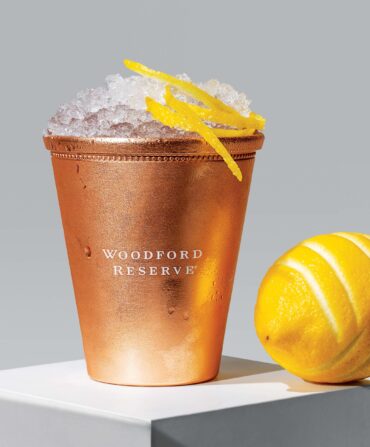“This is an impressive dish, reminiscent of duck confit. While steam-roasting brined duck legs may sound ambitious, the active, hands-on time is only about thirty minutes. The dish can be prepared days in advance of serving, and it is nearly impossible to mess up. Once you’ve made it a few times, you’ll always have an extraordinary dinner in your back pocket.
In the spring I like to serve this with bread or flatbread, a grated carrot or beet salad or a simple green salad. In the fall, couscous or farro piccolo with pomegranate and herbs is the way to go. Any leftover duck, along with its crisped-up skin and a little warm fat, makes a remarkable winter salad. There are endless combinations that work well, but I’m particularly fond of tossing it with frisée, barberries and walnuts in walnut oil. Tip—be sure to leave twenty-four hours for brining the duck.”
Read our interview with Michelle McKenzie, author of the Modern Southern Larder.









